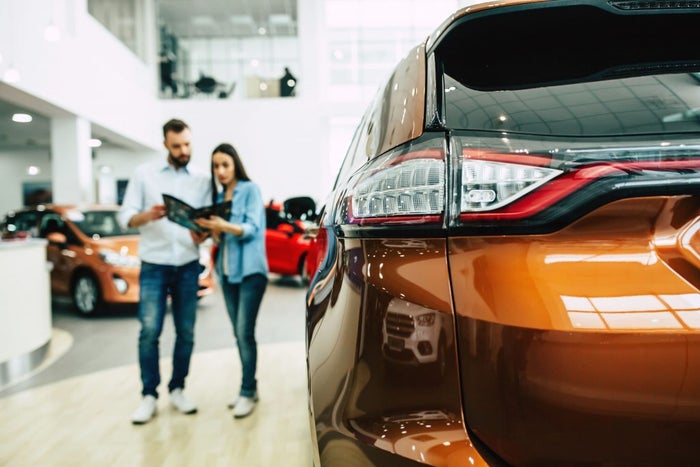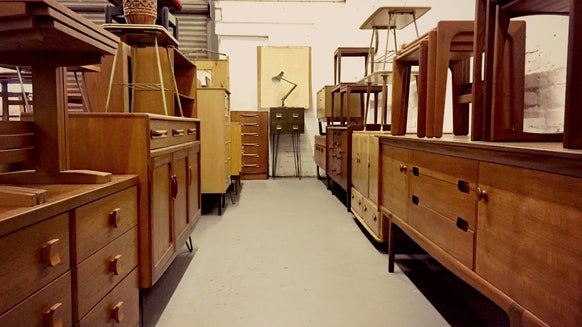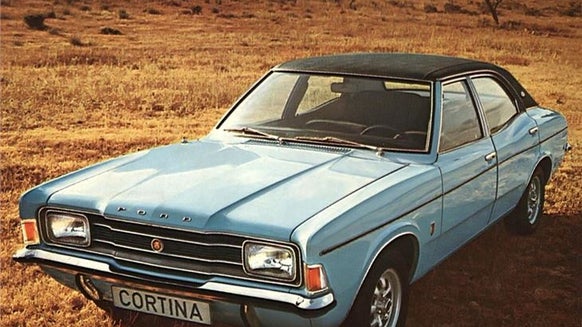Our Tips on Buying a Used Car

Buying a used car can be an exciting yet daunting experience. With so many options available, it’s crucial to approach the process with a clear strategy. This guide will help you navigate the used car market, ensuring you make informed decisions and avoid common pitfalls. From understanding the market trends to setting a realistic budget, we’ll cover everything you need to know to secure the best deal. Let’s dive in!

Understanding the Market
The used car market can be unpredictable, influenced by various factors including economic conditions and consumer demand. Prices often fluctuate with the seasons, so timing your purchase can lead to significant savings. For instance, buying a car at the end of the month or quarter can be advantageous, as dealerships aim to meet sales targets and may be more willing to negotiate.
Depreciation plays a significant role in the value of used cars. A new car loses a substantial portion of its value within the first year—often around 27%—making a one-year-old model a smart choice for budget-conscious buyers. After the initial drop, the rate of depreciation slows, meaning that cars two to three years old can still offer excellent value without the steep initial cost. When considering a purchase, focus on models known for holding their value, such as those from brands like Mercedes and Porsche, which tend to resist depreciation better than others.
Before making a decision, invest time in researching different models. Websites like Parkers and What Car? provide insights into running costs, reliability ratings, and owner reviews, helping you compare various options. Pay attention to factors like engine size, as smaller engines typically offer better fuel economy, especially for city driving. Additionally, consider the type of fuel—petrol cars are generally cheaper than diesel, which, while more economical, often comes with higher initial costs.
By understanding market trends and doing thorough research, you can make a more informed choice and find a used car that fits your needs and budget.

Setting a Budget
When it comes to buying a used car, setting a budget is crucial. You need to consider both the initial costs and the ongoing expenses to avoid any nasty surprises down the line.
First, think about the upfront costs. This includes the purchase price, taxes, and any fees associated with the sale. For instance, if you buy a car for £10,000, you might need to factor in a few hundred pounds for taxes and registration.
Next, consider the ongoing costs. Fuel is a significant expense, and it varies based on the car's fuel efficiency. Use tools like the Government’s fuel consumption search to estimate your monthly fuel costs. Road tax is another expense that can range from £0 to over £1,000 in the first year, depending on the car’s CO2 emissions.
Now, let’s talk about how you’ll pay for the car. You can either pay cash or explore financing options. If you choose to finance, be prepared for monthly repayments. Personal loans or dealer financing are common methods, but always read the fine print and understand the interest rates involved.
Don’t forget insurance, which can vary significantly based on the car model and your driving history. Smaller cars generally cost less to insure, so if saving money is a priority, consider this when choosing your vehicle.
Lastly, set aside a budget for maintenance and repairs. A well-maintained car will save you money in the long run, so it’s wise to allocate funds for regular servicing and unexpected repairs.
Choosing the Right Car
Choosing the right car is more than just picking a model you like; it’s about finding a vehicle that meets your needs and fits your budget.
Start by asking yourself what you truly need from a car. Are you looking for something spacious for family trips, or a compact model for city driving? Consider your lifestyle and how you’ll use the car. If you often travel long distances, a petrol car with good fuel efficiency might be best. For city driving, a smaller engine could save you money on fuel and insurance.
Once you have a clear idea of your needs, it’s time to research. Use reliable websites like What Car? and Parkers to compare different models. Look for reviews that highlight reliability and running costs. Some cars are notorious for being expensive to maintain, while others are known for their longevity and low repair bills.
Pay attention to engine size as well. Smaller engines tend to be more fuel-efficient, making them ideal for urban driving. However, if you plan to do a lot of motorway driving, a larger engine might be necessary for comfort and performance.
Don’t overlook the running costs. Petrol cars are generally cheaper to buy than diesel models, but diesel engines can offer better fuel economy. Weigh the upfront cost against potential savings on fuel. Also, consider whether you want a manual or automatic transmission. Manuals are usually cheaper to buy, but automatics can offer better fuel efficiency over time.
Lastly, think about eco-friendly options. Hybrid and electric cars may cost more initially, but they often come with lower running costs and tax benefits. If you’re considering these options, check for government grants that can help offset the purchase price.
By carefully assessing your needs and researching models, you’ll be well on your way to finding the perfect used car that fits your lifestyle and budget.

Timing Your Purchase
When it comes to buying a used car, timing can make a significant difference in the deal you secure. Dealers often have sales targets and bonuses tied to quarterly performance, which means the end of March, June, September, and December are prime times to negotiate. During these periods, dealers are eager to shift stock and may offer attractive deals and financing options.
If you’re considering a private sale, the timing is less rigid. Private sellers don’t operate on targets, but monitoring market trends can help you decide when to buy. If prices are on the rise, it’s wise to act sooner; if they’re falling, you might save by waiting a bit longer.
Avoid weekends or the start of the month when many buyers are out shopping. A crowded dealership isn’t the best environment for bargaining. For private sales, consider times when potential buyers are less active, like during holidays. Additionally, if you’re eyeing a convertible, winter may be the best time to negotiate a good deal, as demand typically drops.
Inspecting the Vehicle
Before you hand over any cash, a thorough inspection of the vehicle is essential. This isn’t just about checking if the car looks good; it’s about ensuring you’re making a sound investment. Start with the basics: check the mileage. The average is around 10,000 miles per year, so if the car has significantly more, it could indicate excessive wear.
Next, examine the exterior for dents, scratches, and rust. Pay special attention to the paintwork—uneven patches may suggest a poor repair job after an accident. Look at the tyres; they should have even wear and sufficient tread. A quick test is to insert a 20p coin into the tread; if the outer band is visible, it’s time to consider new tyres.
Don’t forget the interior. Check the condition of the seats, dashboard, and controls. Ensure that all electronics, such as lights, indicators, and the stereo, are functioning correctly. A test drive is crucial—this is your chance to assess how the car handles. Listen for any unusual noises and pay attention to how it accelerates and brakes.
Consider getting a professional inspection if you’re serious about the purchase. A qualified mechanic can spot issues you might miss, saving you from costly repairs down the line. This is particularly important for older cars or those with a history of mechanical problems.
Finally, review the car’s service history. A well-documented history indicates that the previous owner took care of the vehicle. Look for regular maintenance checks and any major repairs. If the seller can’t provide this documentation, it’s a red flag.
By following these steps, you’ll be better equipped to make an informed decision and avoid potential pitfalls when buying a used car.

Finalising the Purchase
Once you've found the right car, it's time to wrap up the deal. Start by ensuring all paperwork is in order. You’ll want to check the vehicle’s title and registration to confirm it’s not stolen and that there are no outstanding loans on it. A clear title means you can proceed without any legal hiccups.
Don’t overlook the importance of a bill of sale. This document acts as proof of the transaction and should include details like the vehicle identification number (VIN), purchase price, and the names of both the buyer and seller.
After you’ve secured the paperwork, set up your insurance before driving away. It's a legal requirement, so don't skip this step. Compare quotes from different providers to find the best deal that suits your needs.
Finally, think about maintenance. Review the service history and consider scheduling a professional inspection if you haven’t already done so. This can save you from unexpected repair costs down the line. With everything in place, you’re ready to hit the road with confidence!
Conclusion
Buying a used car can be a rewarding experience if you approach it with the right knowledge and preparation. From understanding market trends to setting a realistic budget and conducting thorough inspections, each step plays a crucial role in ensuring you make a smart purchase. Remember to take your time, do your research, and don’t hesitate to negotiate. With these tips in hand, you’ll be well-equipped to find a reliable vehicle that meets your needs without breaking the bank. Enjoy your journey, and drive safely!











